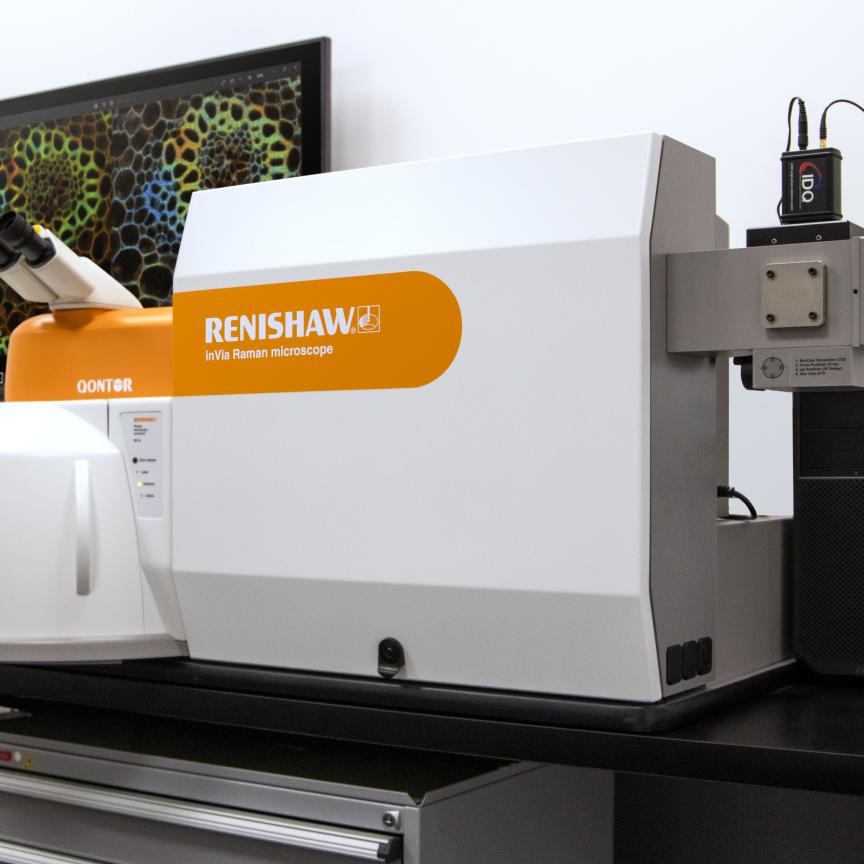The barriers preventing companies access to European funding 'need to be addressed' for Europe to remain competitive with the rest of the world, Dr Michael Mertin, president of Photonics21, has commented at the organisation’s annual meeting in Brussels on 28 March. He said that the funding from the European Commission is excellent, but that there are political barriers to investment in Europe.
Photonics21 has secured €700 million over seven years from the European Commission, which will be allocated to photonics technology as part of the Public Private Partnership (PPP) agreement. At the meeting in Brussels, Photonics21 established a partnership board it was announced, a legal entity that will act as a communication platform with the European Commission.
Neelie Kroes, the vice president of the European Commission, speaking at the event, said that the PPP is a ‘powerful opportunity to make a difference’, and that photonics is ‘stimulating and enabling growth’ in the European economy.
The European Commission has set a target of 20 per cent of EU GDP to be derived from manufacturing by the year 2020 to strengthen the EU economy. At the moment, manufacturing accounts for around 16 per cent of GDP in Europe. Gareth Jones, CEO of UK photonics company, Gooch and Housego (G&H), commented during a panel discussion held at the event that photonics is one of the industries that will help drive economic growth in Europe.
However, Mertin argued that setting up the PPP and funding the core photonics companies in Europe is just one side of the coin. He said that the barriers to investment in Europe were limiting the photonics industry.
Jones agreed, saying that Europe is not an environment that encourages investment. He gave an example that, when beginning a new venture, G&H might look to invest in the US, the UK or Asia, but probably not in mainland Europe. He also added that photonics is a global business in a global economy and one way to foster growth is to target exports.
One of the initiatives aimed at supporting European companies is ActPhast, an incubator project favouring smaller companies and providing access to the expertise and facilities of European photonics research centres. The project aims to generate 2,000 expressions of interest from companies, with 200 innovation projects planned from those enquiries over 45 months, according to Hugo Thienpont, coordinator of the initiative. The average cost per project is expected to be around €25,000.
Photonics21 has created the PPP in part to raise awareness of photonics and put the technology on the political agenda to a greater extent. Next year has also been designated the International Year of Light, and Joe Niemela from UNESCO, speaking at the meeting, commented that this was ‘the best opportunity that’s going to come around for a while to promote photonics’.
The IYL will aim to promote light technology for improved quality of life in the developing and developed world, as well as promote the public appreciation of the science. The IYL will have a live website in May of this year.
Photonics is one of the sectors that will drive growth in Europe, it was suggested at the meeting. Reinhilde Veugelers, a professor at KU Leuven, commented that the target for Europe shouldn’t be the manufacturing sector in particular, but rather making Europe a more attractive place for ‘value-added’ firms, firms that supply a service to larger companies, that will generate growth. There are 5,000 photonics SMEs active in Europe.
Veugelers made the point that manufacturing and services are complementary and that the value is created more in the R&D and post-sales services rather than in actual production. She concluded that it is important to understand the factors that are blocking investment in Europe for growth.


